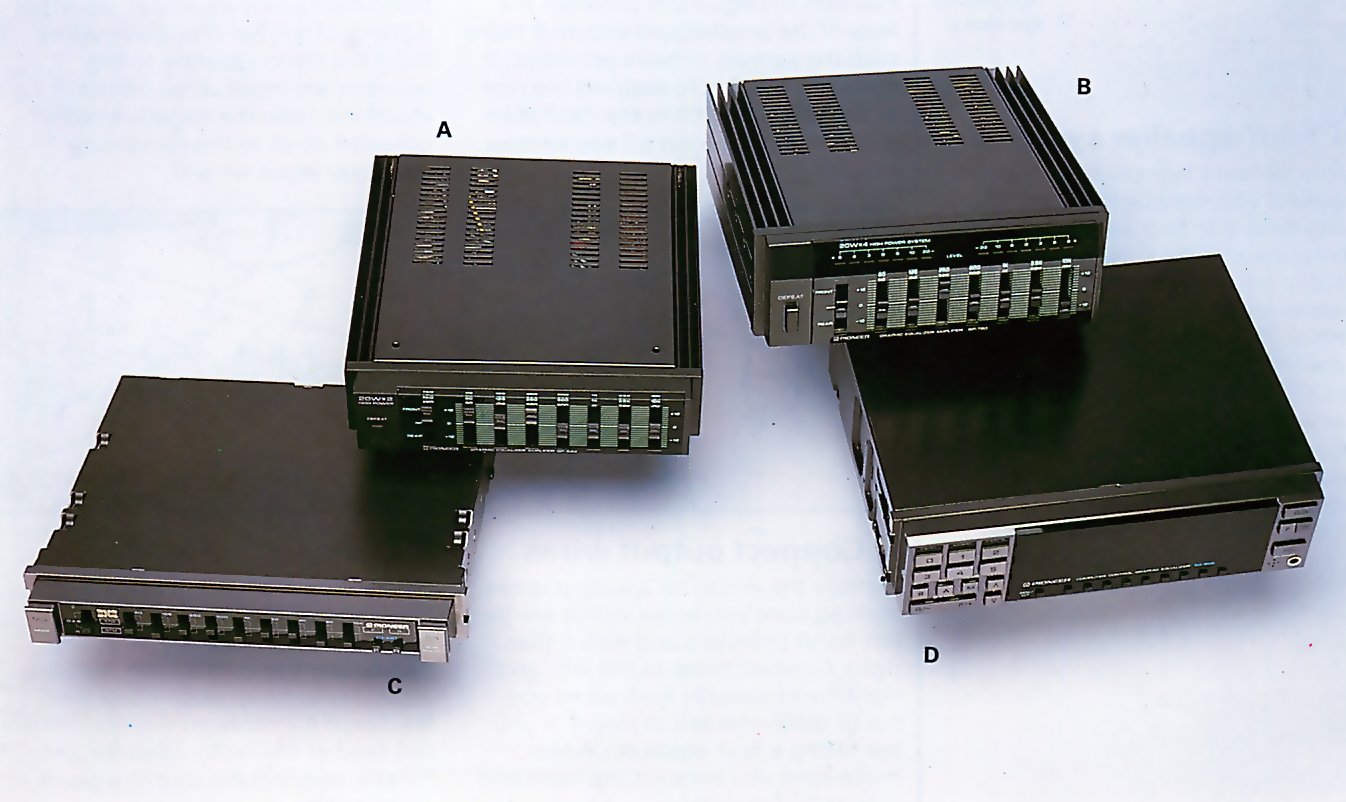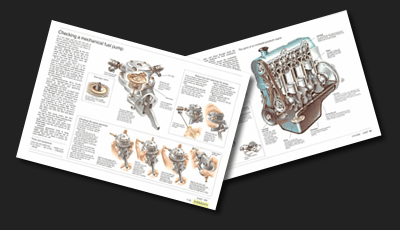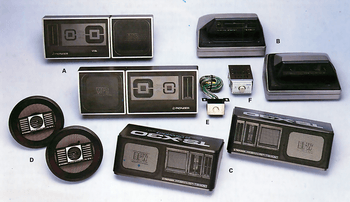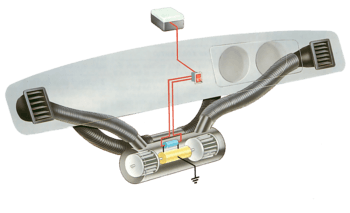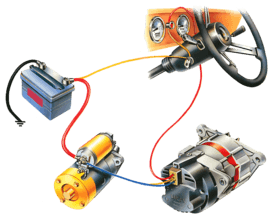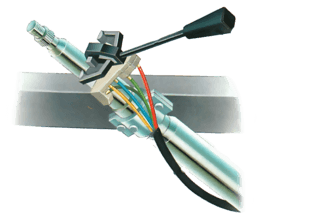Which equalizer?
The old models shown below are manufactured by Pioneer and include the following features: A BP 540 has sliding controls and built-in front/rear fader switch. B BP 780 also includes LED sound level indicators. C EQ 220 has nine illuminated sliders. D EQ 505(MB) features nine control bands adjusted by push buttons and includes a computer memory and LED level indicators.
No car is acoustically perfect. This can mean that your stereo system does not sound as good in your car as it did when you heard and bought it in the shop.
Furthermore, ordinary car stereos are often drowned at high road speeds by engine noise and the rushing of wind. The solution to both problems is to fit a graphic equalizer/sound booster.
A graphic equalizer can be thought of as a very sophisticated tone control. While a stereo has only one or two knobs to allow you to boost either treble or bass sounds, the graphic equalizer has a series of controls that allow you to adjust different parts of the tone individually. For example, you can boost both bass and treble without affecting the middle part of the tone spectrum.
This video course is the best way to learn everything about cars.
Three hours of instruction available right now, and many more hours in production.
- 4K HD with full subtitles
- Complete disassembly of a sports car
Equalizer features
The more tone controls (sliders) the equalizer has, the more control you have over the sound.
Even the cheapest models have five sliders, while the more expensive ones go up to seven or nine slider controls.
The top-of-the-range equalizers don't have slider controls. Instead buttons control the various tones electronically, the positions of the controls being indicated on an LED display. These models may also have a memory feature allowing you to program in different settings for your favourite tracks.
Sound boosters
Even a well-designed graphic equalizer tends to reduce the volume of the standard radio-cassette unit because some of the amplified sound is lost by the equalization. So most graphic equalizers have a booster amplifier built-in.
A typical equalizer will have a 30 watt booster amplifier, but more or less powerful ones are available. You will probably need to buy a new set of speakers to complement the graphic equalizer - your existing ones are unlikely to be able to take the power.
Installing a graphic equalizer
1. Mounting position
Find a position where you can reach the equalizer easily. Most units are designed to be hung under the dash on the bracket provided. If your car is one that has an extra DIN slot in the dash or centre console to take an equalizer, you may be able to fit it there instead.
2. Fit the bracket
Offer up the mounting bracket (and the rear support bracket if used) to the underside of the dash and mark the position of the screw holes. Use masking tape to protect the area around the holes. Check the size of drill bit needed to suit the screws provided, and make the holes. Take great care not to drill too far.
3. Secure the unit
Offer up the mounting bracket to the dash and secure it with screws. Position the equalizer between the legs of the bracket and secure it there with the screws or bolts provided. If there is a bracket to support the rear of the unit, attach it to the dash then to the equalizer— cut off any excess bracket.
4. Connect input wires
Follow the speaker wires from the radio-cassette, and disconnect or cut them near to the equalizer. Join the right- and left-hand positive wires from the radio-cassette to the appropriate input wires on the equalizer. Join the negative radio-cassette wires to the remaining equalizer input wire(s).
5. Connect output wires
Identify the equalizer's output wires, making sure you know which are the left-hand channels and which the right. Connect them to the left- and right-hand speaker feed wires you cut or disconnected in step 4. If you are fitting a four-speaker system, make sure you connect the front and rear pairs correctly.
6. Connect live feed
Disconnect the battery earth lead. Find the live feed wire to the equalizer (it usually has an in-line fuseholder fitted). You can wire the equalizer to an ignition-controlled feed or, if it's more convenient, to the live feed of the radio-cassette unit. Finally, connect the unit to a good earth point.

